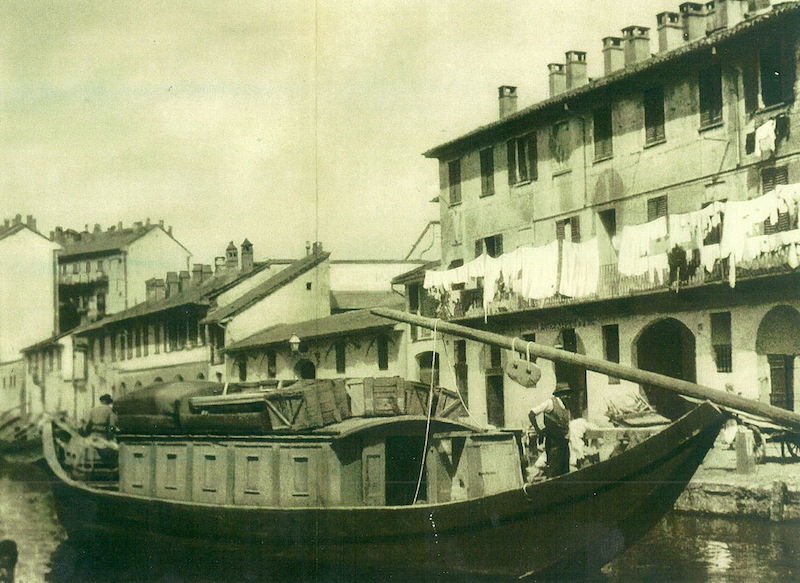 A man with influenza, taken in hand by a doctor, surrounded by dancing politicians. Wood engraving by Pépin (E. Guillaumin), 1889. A man with influenza, taken in hand by a doctor, surrounded by dancing politicians. Wood engraving by Pépin (E. Guillaumin), 1889. Sure, we've all heard about the Spanish Flu - or the Pandemic of 1918 - but what do you know about the Pandemic of 1889 - The Russian Flu? The 1918 outbreak coincided with the Great War and is now known to be an H1N1 virus that spread death across the world. But in 1889, at the height of the Belle Epoque, virology was unheard of. Some scientist now believe the 1889 Flu was the first COVID-19 outbreak. Peculiar observations made during the Russian flu pandemic included the loss of smell and taste not caused by nasal congestion. These and other observations documented in the historical records point more to COVID-19 than to an influenza-like disease. The long recovery period and the frequent neurological sequels mentioned in case reports and following years of fatigue, lack of concentration, depression and anxiety also resemble what is now described as "long haulers or long covid" symptoms. Of particular note is the frequent mentioning of persistent headaches weeks and even months after the acute infection, causing memory issues reported after the 1889 pandemic and now after COVID-19, while such reports are not prevalent after the Spanish flu influenza. And the Russian flu outbreak occurs exactly when EJ, Daisy and Endie Polk were visiting the Exposition Universelle in Paris for the opening of the Eiffel Tower, and then in Milan studying at the Milan Conservatory. Here is an excerpt from the Chapter "Potions, Puccini & Pandemics";
0 Comments
Have you ever thought of Milan as a city of water?
When Daisy first visited Milan in 1889 with her mother and older sister Endemial, the city was surrounded by its 5 working canals. "Bianca made arrangements for our first night supper in Il Centro and suggested we walk along the canals. Milan was a city of tranquil waterways at this time, with barges navigating the picturesque canal-banks. Naviglio means canal in Italian and navigli is the plural and name for the artificial canals of Milan. They were started during Roman times and by the end of the 13th century, water was seen as a way to transport people and objects, like the marble for the Cathedral. Leonardo da Vinci started working on these projects in 1482. This amelioration started the development of a new system of canals that would have made it possible to travel by canal from the Valtellina wine valley in the far North at the border of Switzerland to Milan, had the work been completed. I was lucky to see the City with its waterways intact, as by the 1920’s rail and motor travel saw many of them covered by streets and buildings with just remnants remaining and few signs that Milan had ever been surrounded by water." Read more about Leonardo daVinci's canal designs, why they disappeared and how a growing movement is afoot to uncover them. |
Some stories that couldn't make the book in full ... but need to be told! Editors welcomed - sign up below.
STORIES
WR HEARST PLANS SONG: DAISY HOT SPRINGS 1882 A WILLIS POLK GIFT THE RLS CONNECTION 1896 EARTHQUAKE TALES FROM COPPA PANDEMIC OF 1889 THE BOMB THAT SHOOK SF MILAN:CITY OF WATER POLK ON THE MAP FEATHERS, FASHION & FLY FISHING RARE AVIATION FILM - WWI 1914-17 1906 SAN FRANCISCO WTF FILES - TECHNOLOGICAL GET ME OUTTA HERE! NO HORSES, NO TENTS, NO $ DAISY IN FRENCH LITERATURE DAISY ON FILM! THE WHITE DEATH THE SYMBOLISM OF FLOWERS POSTE DE SECOURS WWI TRAVEL 1900: LONDON TO PARIS DAISY: REST IN PEACE KEITH'S, DRANE'S & KENTUCKY MOTHER: MISSOURI COMPROMISE Topics
All
|


 RSS Feed
RSS Feed